How to Tell if Your Child Has a Food Allergy
What are the warning signs and can they be serious? Sophie Goodall asks an expert
21 November 2019

All credits: PA
Childhood food allergies are relatively common, with almost one in 12 youngsters affected – and figures are on the rise.
But determining whether your child has a food allergy – or perhaps an intolerance or other digestive problems – isn’t always simple, particularly if symptoms are vague or sporadic.
Thankfully, very serious allergic reactions (known as anaphylaxis) are rare, but it’s important for everybody to be aware of the warning signs as severe reactions can be life-threatening and should always be treated as an emergency.
But how can you tell if your child has a food allergy, and what should you do if you think they might? We take a closer look…
What are the signs and symptoms to look out for?
Food allergy symptoms can vary but there are some telltale signs, such as ‘a flushed face, hives, and a red and itchy rash around the mouth, tongue or eyes’, which may spread across the rest of the body, as Allergy UK outlines.
And Dr. Preethi Daniel, clinical director at London Doctors Clinic, points out: “Allergic reactions can be immediate or delayed. Immediate reactions tend to be – as the name suggests – immediate or fast. Usually, as soon as the culprit hits the body system or skin surface, a skin irritation might develop. The rash can look like red weals, or hives or spots, and can be very itchy,” she explains.
“Other signs include mild sneezing or a runny nose, lip or tongue-tingling or swelling, diarrhea or vomiting, and difficulty breathing or wheezing. Delayed allergic reactions tend to manifest as eczema, poor weight gain, chronic diarrhea or constipation.”
Are some children more at risk of food allergies?
Having a family history of allergies can increase the risk. Also, children who have other allergy-related conditions, such as eczema, may be more likely to develop a food allergy. However, any child can potentially develop an allergy and symptoms can begin at any age.

Can a food allergy be serious?
Dr Daniel stresses that if breathing difficulties/wheezing occur, this “is known as anaphylaxis and may be life-threatening”. Other warning signs of anaphylaxis can include a swelling of the mouth, tongue and throat, a tight chest, dizziness and confusion and a drop in blood pressure. If any of these symptoms occur it’s vital to seek urgent medical help and call 999.
Thankfully, most children with food allergies will not experience a life-threatening reaction. When they have occurred, your doctor will be able to help with avoiding recurrences, and devising an action plan in case it does ever happens again. For example, some may need to carry an EpiPen, and making other people aware of your child’s allergy can be important. Allergy UK is a useful source of information on this topic too.
How can you wean safely if you’re concerned about food allergies?
When it comes to weaning, which may be the first time your child shows signs of a food allergy, Dr Daniel says: “It is generally recommended that ‘high allergenic foods’ – such as milk, eggs, wheat, shellfish and peanuts – can be introduced from six months of age, according to the Department of Health.
“They should be introduced one at a time with a gap of three days to monitor for reactions. A food and symptom diary is often useful to help identify allergens.”

What should you do if you suspect your child might have a food allergy?
“Speak to your GP if you notice any of the common symptoms,” says Dr Daniel. They’ll be able to advise on whether any tests are necessary (such as blood tests or skin-prick tests), and they may also want to rule out other possible causes.
Keeping a diary of your child’s symptom patterns can be helpful in identifying triggers too – but if you think you already know what might be causing a reaction, Dr Daniel says it’s best to stop giving them that food and seek advice.
Your GP will also be able to advise on managing the allergy and treatment options if necessary. Avoiding triggers is key, and very mild allergies may not need any additional treatment – although cool packs and lotions may be helpful for soothing skin symptoms. When treatment is required, these can include antihistamines, steroids and immunotherapy.
- Tags:
- food allergies
- nutrition
- big kids






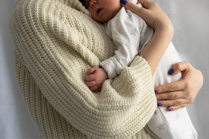



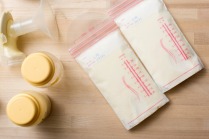



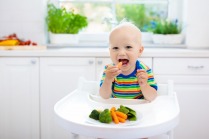
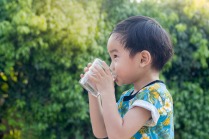


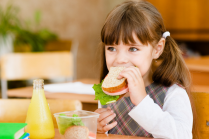

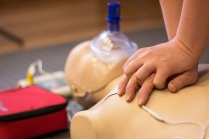



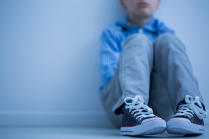
.png?itok=SvZPqMHH)




.png?itok=uB2ieOR7)












